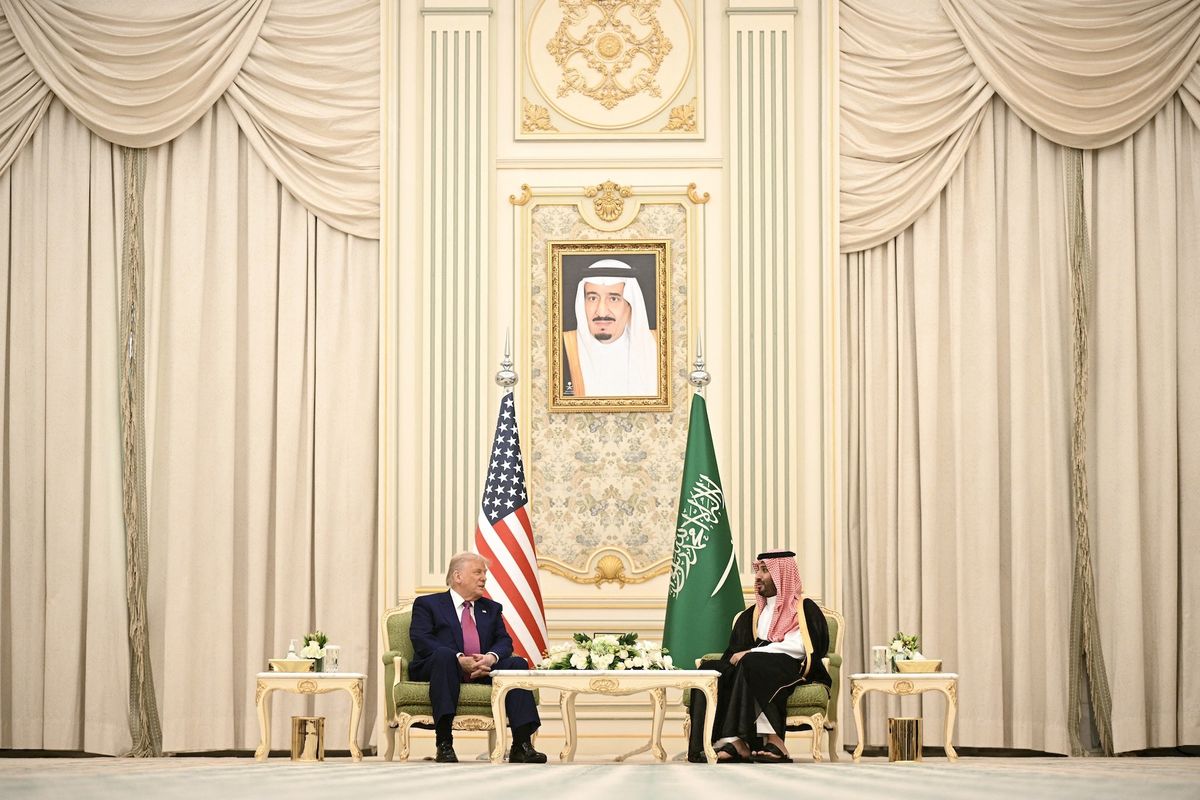A recent opinion piece in the Washington Post suggests that the major political parties and their prospective presidential candidates ought to be thinking about transition planning today, even in advance of the nominating conventions. Wise counsel, but that is not all that should be considered before the next election cycle runs its course.
Presidential transitions place tremendous pressure on candidates to put their executive teams in place early in a new administration.
The Post says Congress should set as a goal to “confirm the 500 most important nominees before it goes on recess in August 2017.” Between now and then the Executive Branch and Congress should address several other important areas to streamline, accelerate and strengthen the process of getting qualified candidates to serve in government.
While attention needs to be devoted to the capacity of the transition team to vet candidates for presidential appointment, the increased tempo needs to carry over into the Office of Presidential Personnel—ensuring adequate capacity and level of professional experience at the beginning of and during the President’s term of office. Work also needs to continue on the process of eliminating duplication and removing extraneous information in the required application forms. The 2011 Presidential Appointment Efficiency and Streamlining Act accelerated the adoption of the Smart Form electronic data collection system. However, there are still discrepancies between the kinds of financial and other data the Executive Branch and the various committees of the Senate require.
Another accelerant to the vetting process would be to establish a system of tiered background investigations determined by the level and sensitivity of the appointment. A system of tiered background investigations opens up the potential for resources other than the FBI to be employed. Especially at the beginning of an administration, when the demand is at its peak, the investigative resources of the Office of Personnel Management could be used to back up FBI capability.
To reduce the numbers involved, it is also conceivable to seek to convert more presidential appointees to career status Senior Executive Service and Schedule C appointments. Eliminating Senate confirmation for non-policy making areas where the person is advising a confirmed official would still preserve the Senate’s ultimate prerogative to advise and consent to the President’s nominations at the more senior levels. As for the confirmation process itself, to speed nominations the Senate should reconsider its rules on the allowable delay of appointment consideration.
There are also significant financial burdens associated with accepting a presidential appointment. Among the most challenging are the financial implications of leaving the private sector for a period of government service, and then returning to it with restrictions on what kind of follow-on employment may be permitted. As a consequence, most executive branch positions lend themselves to be filled either by government service professionals or experienced congressional staff—or private sector executives at the end of their careers.
In completing the financial disclosure forms, last revised in the 1980s, the concept of materiality has been lost. It would make sense to rationalize and coordinate between the Executive Branch and Congress a core set of questions on financial disclosure and other forms that will not unduly tax the time and treasure of prospective nominees. Once past the disclosure process, the conflict-of-interest remedy of using qualified blind trusts is seemingly off the table. There are reportedly no instances in the Obama administration of blind trusts being employed whereas the Bush administration had as many as six blind trusts for their nominees. Divestiture is the brute force option. More leeway ought to be given to the alternative options of recusal or waiver. Post government, Congress has generally avoided further restricting employment and should continue to do so. The overriding concern is that further restrictions would exacerbate the difficulty of recruiting and retention of accomplished Americans who aspire to senior civilian positions of trust in government.
Once a candidate has navigated the selection, vetting and confirmation process successfully, his or her new department or agency owes the appointee a strong executive onboarding program. Onboarding is not to be confused with employee orientation—it is much, much more. Corporate America views executive onboarding as a key enabler of corporate success and strives to ensure that its leadership is prepped and ready to assume the demands of the job as rapidly as possible. Government should take note.
Acting on these proposals between now and the next Administration would improve the process for all involved, contribute to a smoother transition and strengthen our nation’s security.
Better yet, it would serve to make senior government service more attractive to a broader range of accomplished candidates.
General Schwartz is a former Chief of Staff of the United States Air Force and President & CEO of Business Executives for National Security.
Gordon England is a former Deputy Secretary of Defense and Secretary of the Navy.












